Ultimate Guide to French Railway
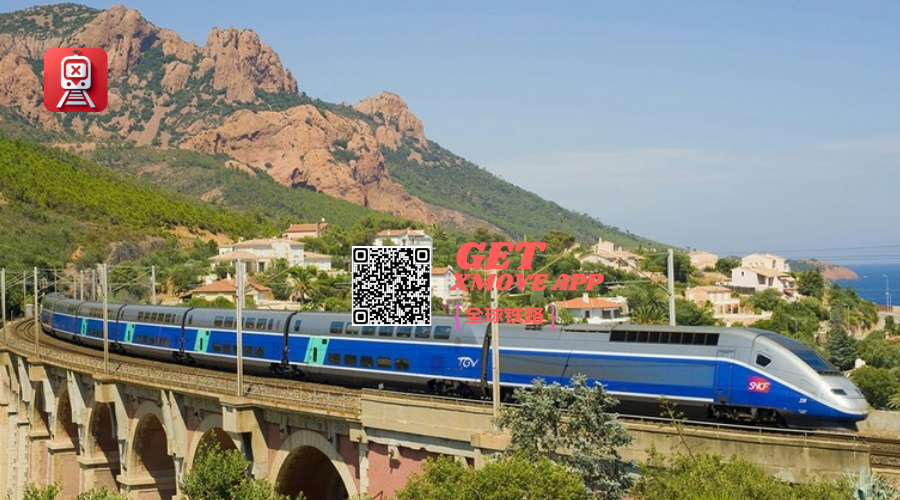
The French railway system is planned and constructed by the French National Railway Agency (Socicte Nationalc des Chemins de Fer Francais, abbreviated as SNCF). The route is centered on Paris and woven in all directions, including high-speed trains (Train a Grande Vitesse, abbreviated as TGV). Routes, and general train routes that go to cities and towns. Among these general train routes, the nationwide inter-regional route is called the "Grande Ligne" (GL for short), and the routes that only travel within a single area are collectively called "Regional Rapid Transport System" (Transports Express Regionaux, referred to as TER).
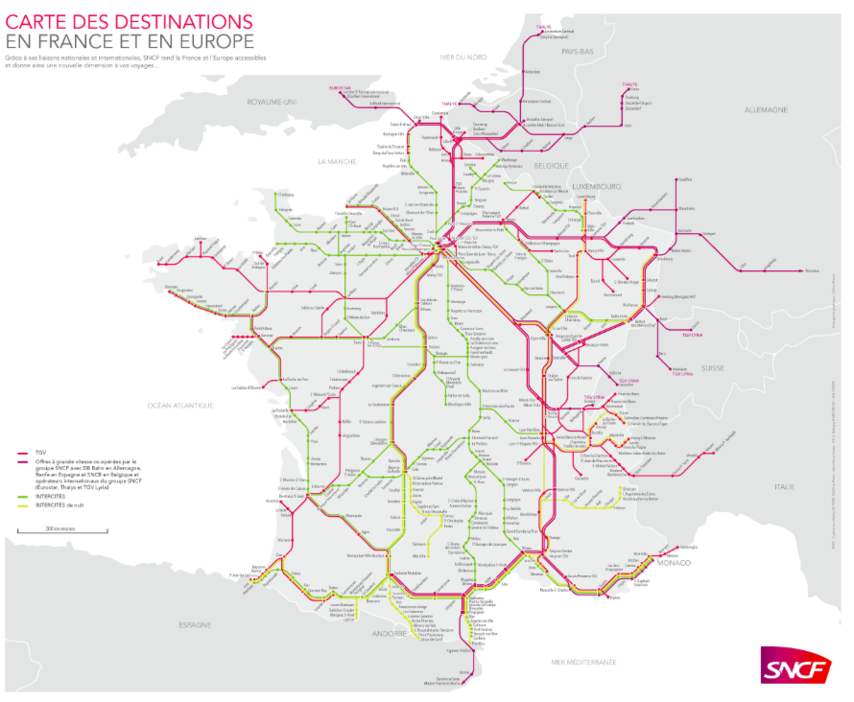
These dense routes constitute the almost omnipresent railway system in France, especially in the 1960s, the French National Railway Administration devoted itself to the research and development of high-speed trains, which created the TGV bullet train that is world-renowned. In 1972, the first TGV numbered 001 set a record speed of 318 kilometers per hour after more than 5,000 test runs. In the same year, the TGV from Paris to Lyon was officially launched on the road, opening a new era in French railway history. Nowadays, whether you are quickly arriving at tourist destinations by TGV or taking a small train to travel through the countryside, traveling by train in France is definitely a pleasure, especially to save the connection between the city and the airport, and the waiting for boarding. Time has brought together a more unimpeded travel mode between various points in France.
Popular route driving time
- Paris-Amsterdam: 3h
- Paris-Zurich: 4h
- Paris-Lyon: 2h
- Paris-Marseille: 3h
- Paris-Lille: 1h
- Paris-Reims: 45m
- Paris-Strasbourg: 2h20m
- Paris-Bordeaux: 3h
- Paris-Avignon: 2h40m
- Lille-Lyon: 2h55m
Railway Operator—SNCF
SNCF French National Railway Company (SNCF for short) is the main train company in France and a railway company managed by the French government. The company was founded in 1938 when the major private railways in France merged. It is now headquartered in Saint-Denis, a suburb of Paris, and is actively developing around the world. SNCF's iconic TGV high-speed service serves more than 100 million people every year and is the most famous symbol of the French national railway. SNCF has 2,000 drivers driving 7,500 trains every day and transporting passengers to 5,000 railway stations.
SNCF provides a full range of transportation services. Companies can take advantage of Portail discounts and rent conference rooms in train stations. In addition to the standard travel ticket, there are also a variety of cheap discounts available for passengers over 60 and under 12 years old. SNCF efficiently plans trains so that passengers can easily take various routes. SNCF trains are comfortable, with plenty of food and beverages to choose from, and some major stations even have accommodation facilities.
TGV High Speed Rail
The French high-speed train, commonly known as TGV, is a high-speed railway system designed and constructed by Alstom and the French National Railway Company and operated by the latter. In 1981, TGV opened between Paris and Lyon, and now a railway network with Paris as the center and radiating French cities and surrounding countries has been formed. On April 3, 2007, TGV set the record for the fastest wheel-rail train at a speed of 574.8 kilometers per hour. At the same time, TGV is also the world's fastest passenger train on average. "TGV" is a registered trademark of France Railways.
The initial success of TGV promoted the expansion of the railway network, and several new lines were built in the south, west and northeast of France. With the success of TGV, France's neighboring countries such as Belgium, Italy, Spain and Germany have followed suit and established their own high-speed railway systems. TGV is connected to Switzerland through the French railway network, to Belgium, Germany and the Netherlands through the Northwest high-speed train network, and to the United Kingdom through the Eurostar railway network.
TGV high-speed railway map
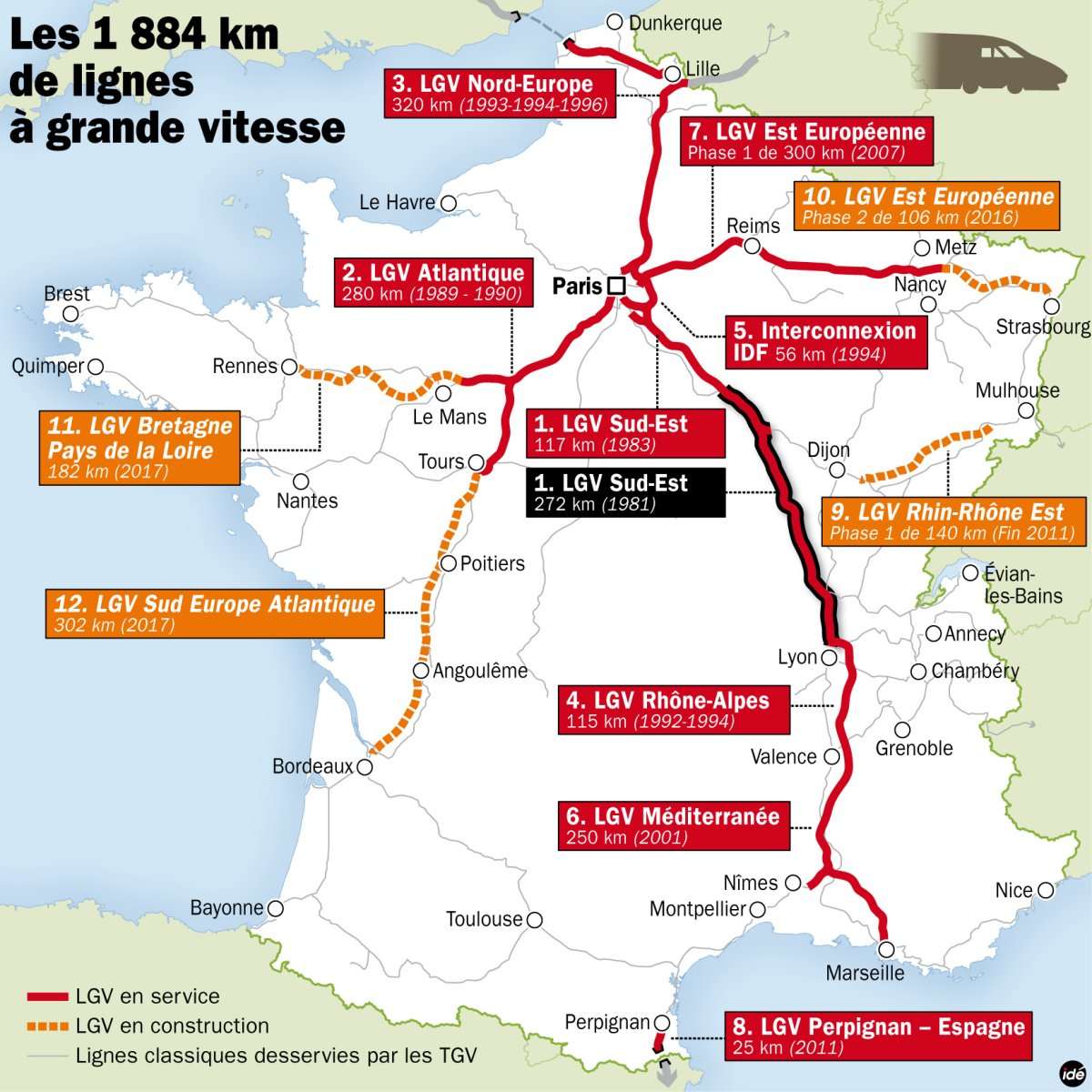
The French high-speed rail Nordic Line (French: LGV Nord européenne), also known as the Northern Line, is a route of French high-speed trains, connecting Paris and the Belgian border and the Channel Tunnel. The northern line of the French high-speed railway is 333 kilometers long and officially opened in 1993. The maximum operating speed of French high-speed trains is 300 kilometers per hour.
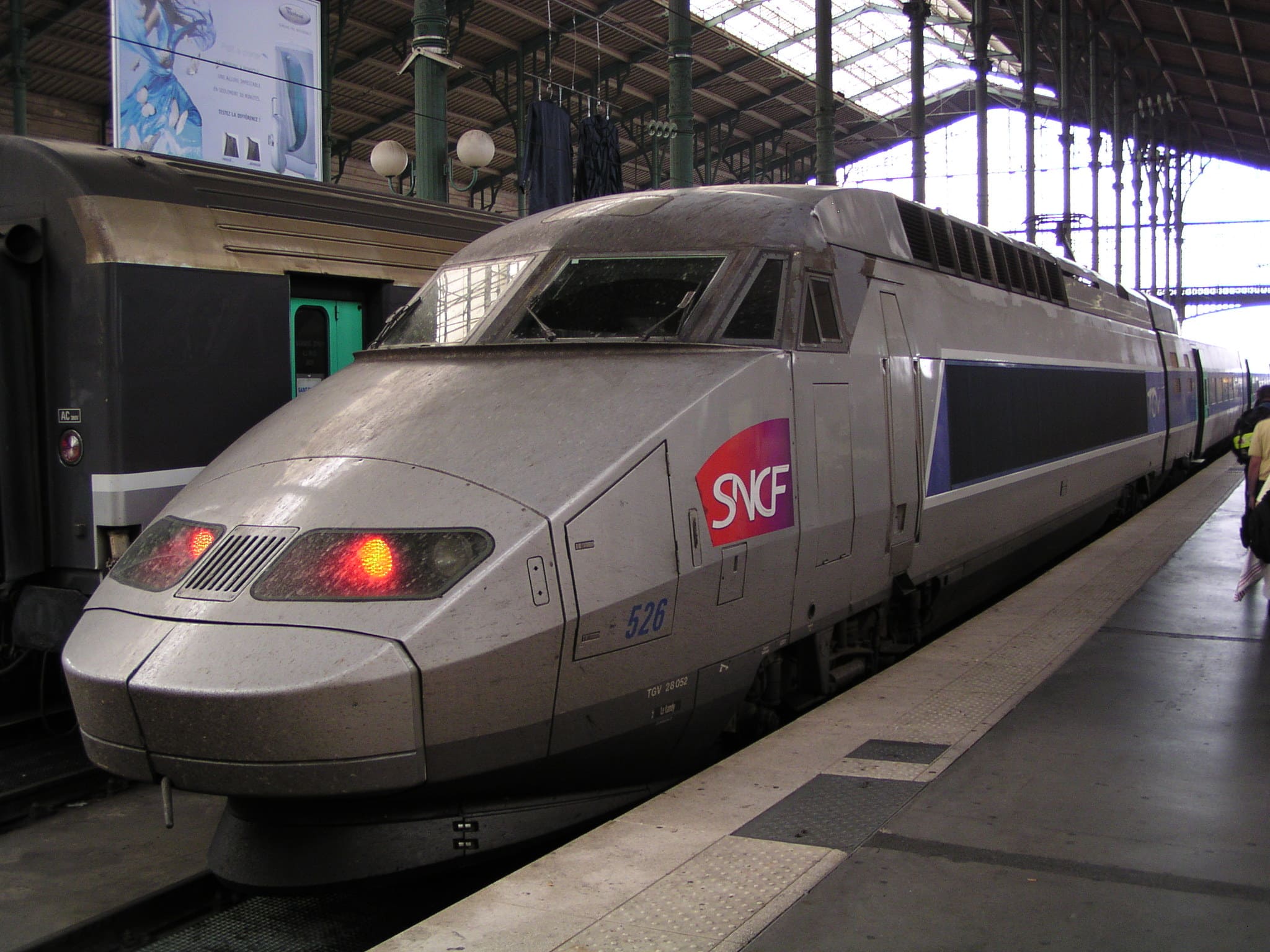
The French high-speed railway Eastern Europe line (French: LGV Est européenne), usually called the Eastern Line, is an extension of the French high-speed train, connecting Paris and the eastern city of Strasbourg. It provides Paris with eastern France, Luxembourg, Switzerland and Fast service between several cities in Germany. The first phase of the eastern line of the French high-speed railway was officially opened on June 10, 2007. The French high-speed train can run at a speed of 350 kilometers per hour, and the initial operating speed is 320 kilometers.
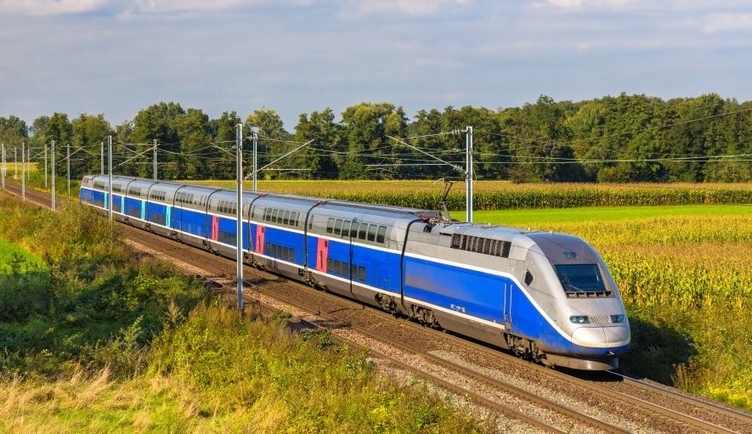
The southeast line of the French high-speed railway (French: LGV Sud-Est) is the first route of the French high-speed train, connecting Paris and Lyon, 409 kilometers long, and 425 kilometers between Paris and Lyon. Opened in September 1981, the maximum operating speed is 300 kilometers.
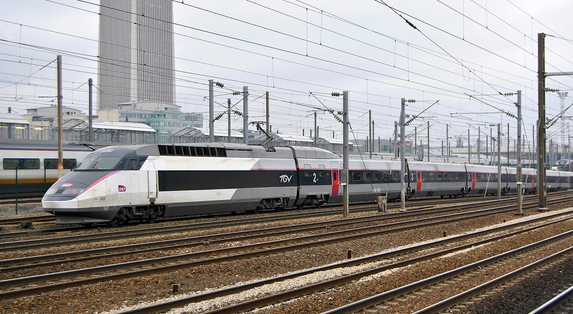
The French high-speed rail Atlantic line (French: LGV Atlantique) is one of the French high-speed train routes, with a length of 232 kilometers (southwest branch) and 52 kilometers (west branch), connecting Paris and western France. It was opened in 1989 and is also a French high-speed train. The railway's 2nd early operating route.
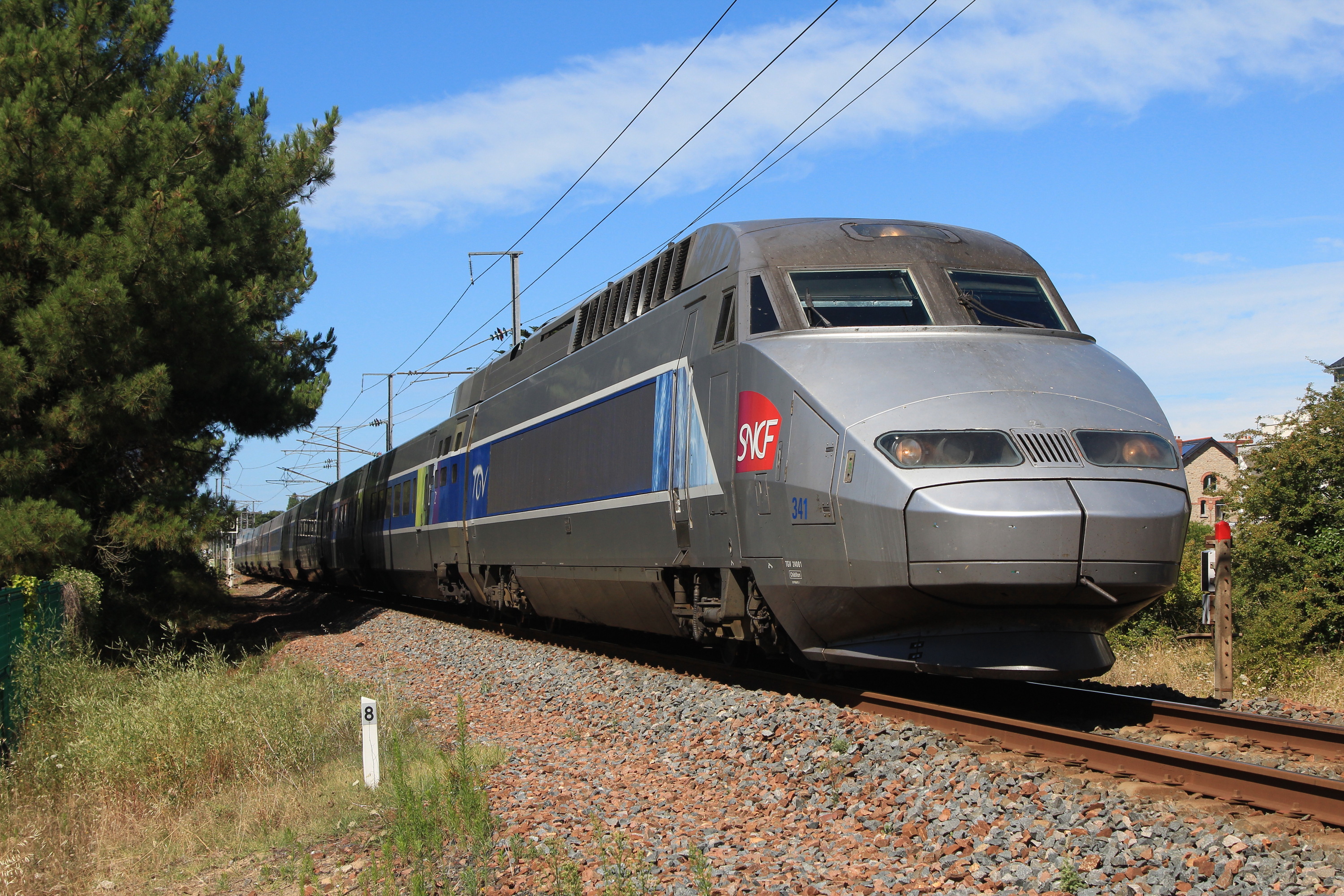
Eurostar was put into operation in 1994, connecting the European continent with the United Kingdom through the Anglo-French submarine tunnel, and driving TGV trains designed to adapt to the tunnel and British railways. Eurostar uses the northern line of the French high-speed railway in France. The UK also built a railway with the same TGV standard to connect London and the entrance of the tunnel. It was completed in the second half of 2007 and opened to traffic in November of that year. At that time, it only took 2 hours from London to Brussels, and only 2 hours and 15 minutes from London to Paris.
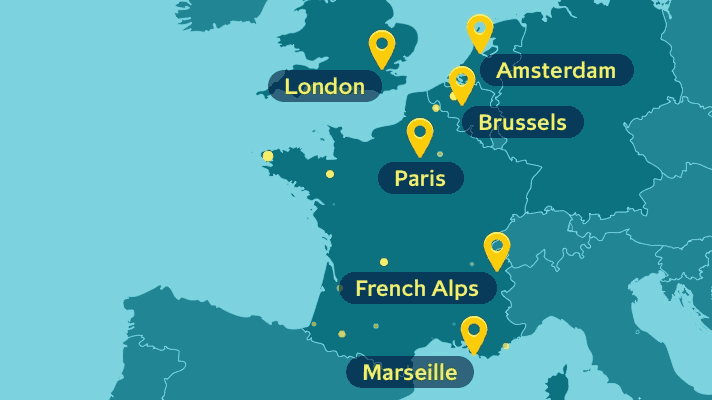
TGV Duplex
TGV Duplex is one of the TGV high-speed trains of the French National Railway. The feature of this train is the first car with double-decker carriages. It is also the third-generation TGV train. It is aimed at high-speed trains with large passenger volumes and saturated traffic. Set by route. Each Duplex train can carry up to 545 people. With its large capacity, this train has become the main model of the French high-speed rail system.
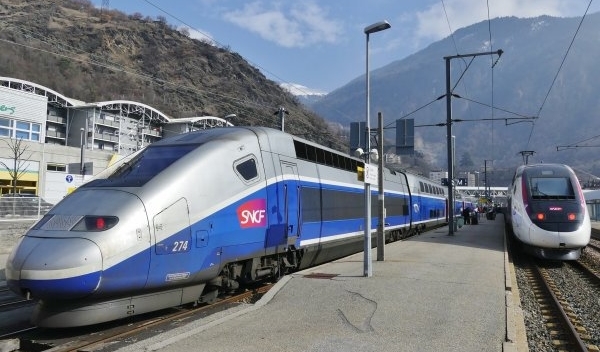
iDTGV
iDTGV only travels between major cities and runs 3-4 times a day. If you are traveling in a big city in France, iDTGV is the first choice. Like special air tickets, its tickets are non-refundable. This is the most popular subsidiary for free travellers. It does not have separate train numbers and routes. It is actually a special promotion method for TGV trains. Unlike the TGV train booked on the SNCF official website, its pre-sale period is advanced to 180 days, and the price is about half cheaper than the lowest price of TGV. But its service is not discounted. It is actually a carriage added to the TGV train (iDZEN quiet carriage and iDZAP cheerful carriage are optional). If you are not checking the tickets separately, you can't feel that this is different from TGV.
Class
THALYS
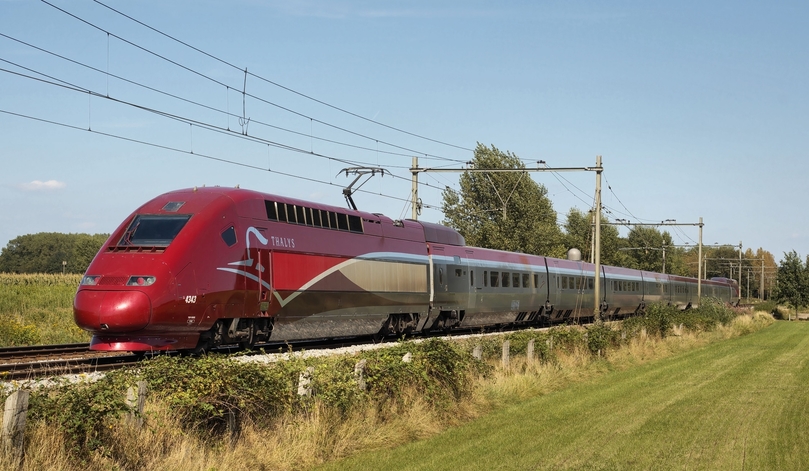
THALYS, also known as the Hercules train and the Northwest train, is a route under the SNCF's main line of northern France and neighboring countries. It travels in France, Belgium, the Netherlands, and Germany, the main developed countries in Western Europe. The cities that arrive are Paris, Brussels, Amsterdam and Cologne are all must-see places for tourists. THALYS also has two advantages, one is that the speed is close to 350 kilometers per hour, and the other is the on-time rate of up to 95%. Although THALYS also uses TGV train technology, the comfort of the carriage is much higher than that of ordinary TGV. First-class seats also provide exquisite meals for passengers to enjoy on the road. When traveling in Europe, high-speed rail is better than airplanes, and THALYS is the best case. 800 kilometers from Amsterdam to Paris, THALYS only takes 3 hours. If the plane takes 4-5 hours on both ends, it will delay more time.
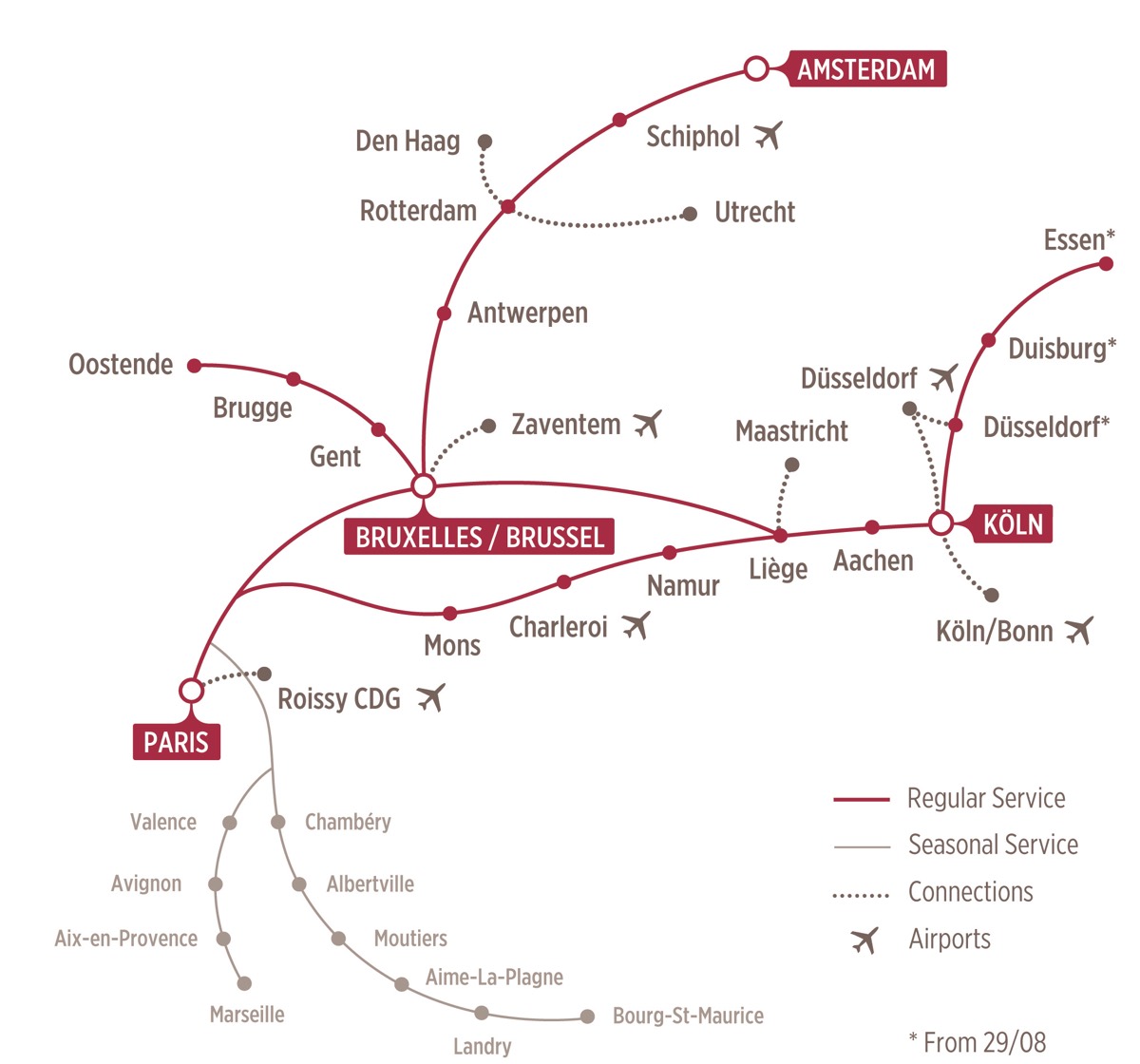
TGV-LYRIA
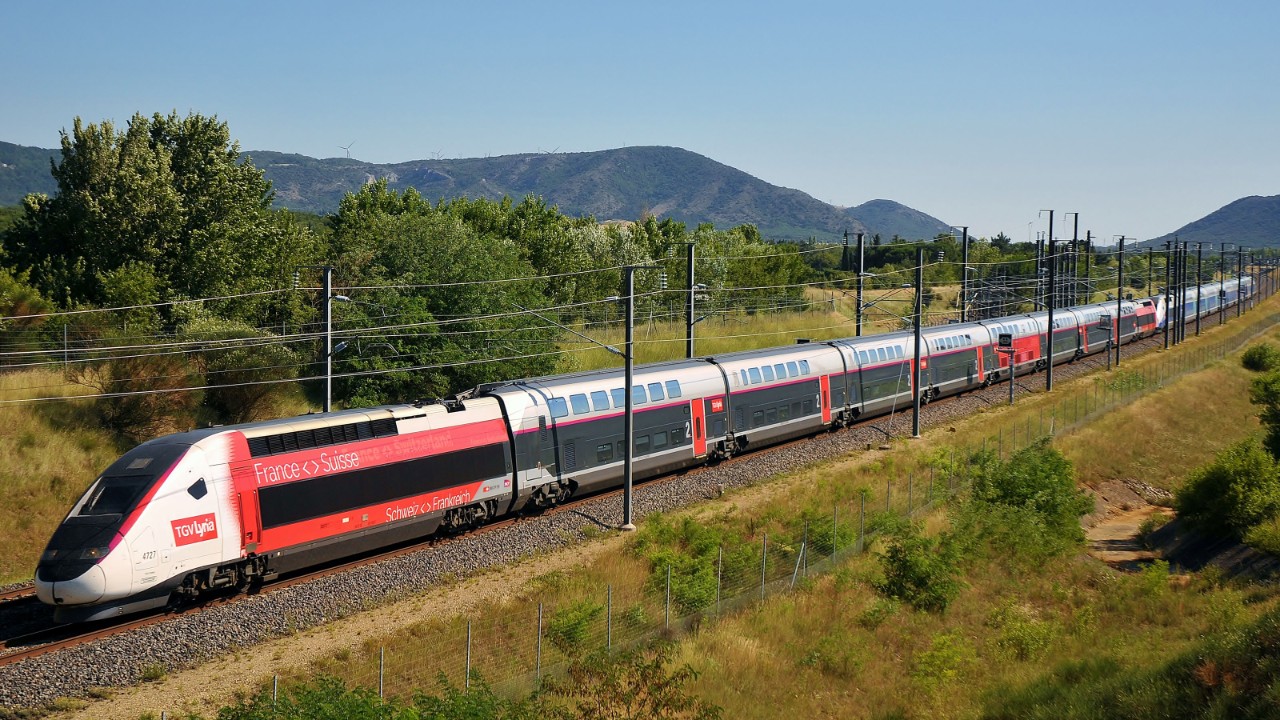
LYRIA is similar to THALYS in that it is also a route between France and neighboring countries. LYRIA is jointly operated by the French National Railways (SNCF) and the Swiss Federal Railways (SBB), and mainly operates TGV train services between France and Switzerland. France and Switzerland are the top three European destinations for Chinese tourists. It only takes 3-4 hours to get from Paris to Geneva or Zurich on the LYRIA train, which is absolutely convenient.
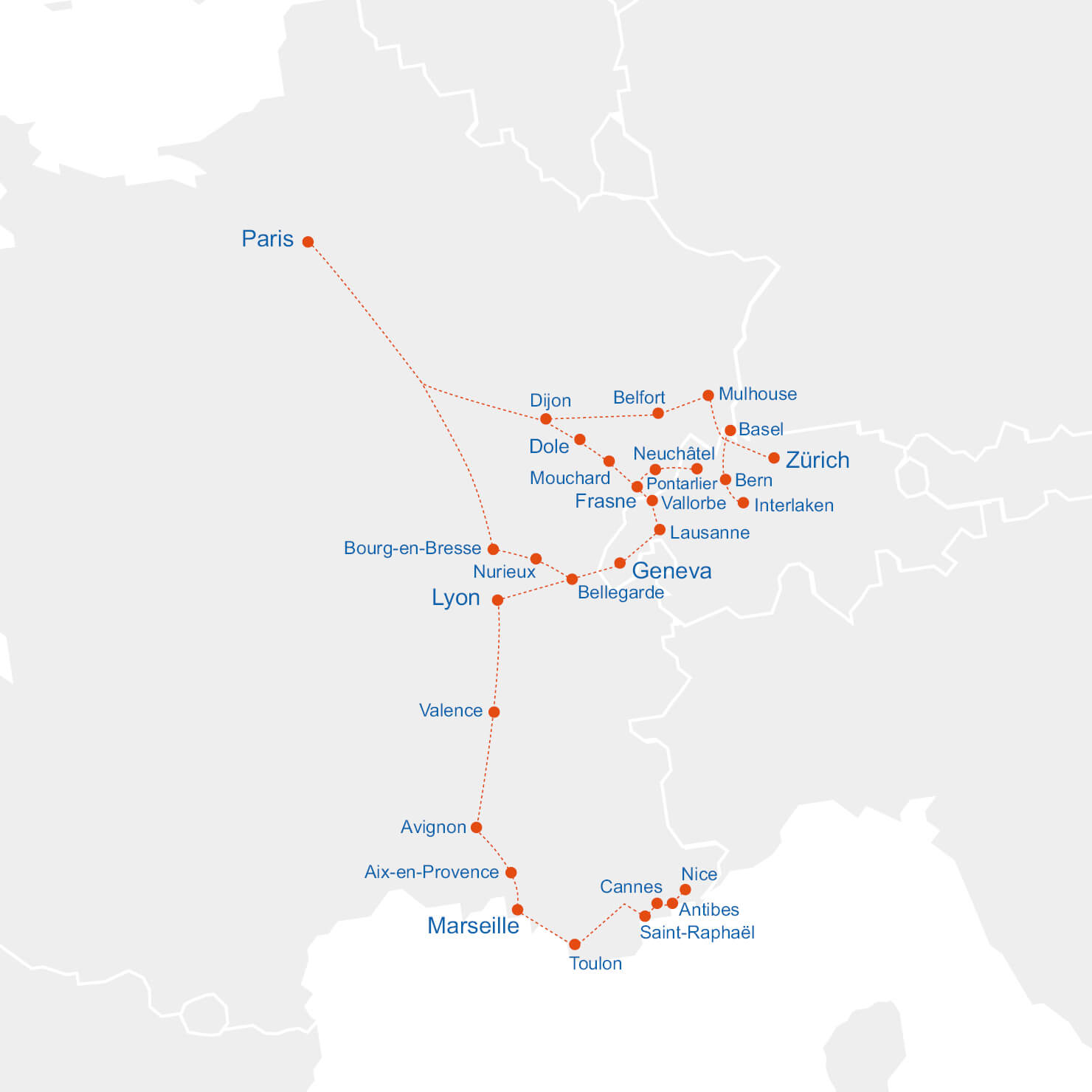
Train Types
Ticket
Rail Pass
The France Rail Pass is the best choice for non-European residents to visit France. The cheapest train pass for France starts at 77 euros, and you can choose one day in a month.
If you are not sure about the date of your trip and there are many French cities to go to, you can consider buying a French train pass. The pass allows you unlimited travel on French national railway trains (including Monaco).
Rail passes are all flexible passes, which can be used for 1/2/3/4/5/6/7/8 days in a month, and they are divided into first-class or second-class cars. You can choose the number of days you want to travel. You can take unlimited trains in France during the validity period of the train ticket. You can fill in the date of the day in the box before you take the train. There is no limit to the number of rides and travel routes on that day.
But the pass does not include TGV and sleeper reservation fees. This means that if you need to take this class of train, you need to purchase additional reservation tickets.
No reservations are required for regional trains (TER).
booking
In addition to the designated car types, you can decide whether you want to book in advance. Remind you that you must book a seat when taking TGV and night trains; if it is a tourist season or holiday, it is recommended not to omit the reservation procedure to avoid the whole journey. Seats can be taken.
The reservation method is very simple. You can go to the reservation window in the station or the SNCF office or national railway agency travel agency in the city to show the train ticket and tell the service personnel the name, the date, time, and the number of departures. , Car cabins, etc., and whether to take a non-smoking car, or take the upper or lower berth when taking a sleeper, and finally pay the reservation fee and receive the reservation card. You can also book a seat at the same time you buy the ticket.
The average booking fee for domestic TGV high-speed rail is 10 Euro per person per section, and cross-border trains generally cost 30 Euro per person per section. Reservation fees for night trains will be higher. For details, please check Eurail reservation website.
Personal point-to-point ticket
The price of train tickets in France adopts a floating system. Similar to buying a ticket, the price of the same itinerary will change. Generally speaking, the sooner you book the ticket, the cheaper the price will be, the price will be high during the tourist season, and it may be sold out. The pre-sale period is usually three months.
You can check the ticket directly on the G2Rail website.
After the reservation is successful, the mailbox will receive an email confirming the issuance of the ticket. The attachment of the email is the pdf file of the ticket, which needs to be printed on A4 paper. In addition, the xmove App directly scans the code, and the electronic ticket will be loaded. Use the mobile phone to show the e-ticket and scan the QR code for the conductor when checking the ticket.
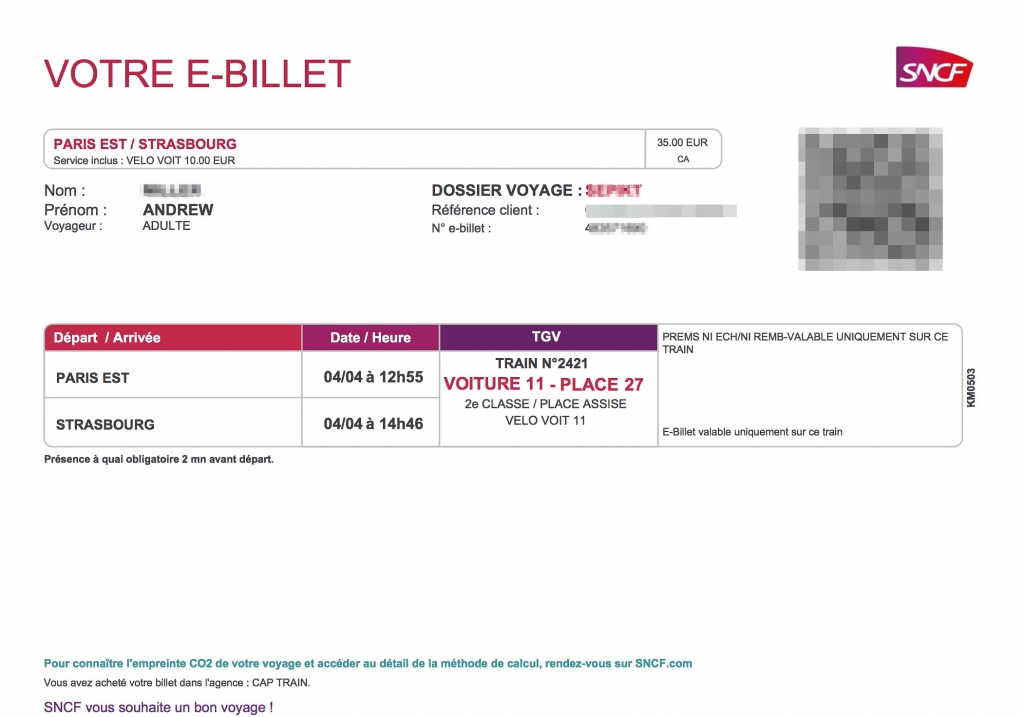
Paper ticket
Please be careful when you order tickets online. Some e-tickets require passengers to use the ticket machine in the station to print physical tickets before they can be used. In the station, use the ticket vending machine to print the ticket, you must bring the reservation code on the confirmation email. You can also use the automatic ticket vending machine to buy a ticket directly in the station, and you can buy a ticket five minutes before the departure time at the latest. The payment method can be cash or credit card.
Buy tickets at the station
You can also buy tickets directly at many railway stations in Europe. You can choose to buy tickets early or on the same day at the ticket counter in the station. Generally speaking, you can enjoy a higher discount if you buy tickets early.
Ticket discount
Limited time special ticket
- Cannot change
- Cannot be refunded
Special ticket
- From the purchase to 31 days before the train departure, the change fee is 10 euros. 30 days and 3 days before the train departure, the change fee is 20 euros. The change fee is 40% of the face value from 2 days before the departure to the departure, and the minimum must not be less than 25 euros (TGV high-speed train)
- Only two changes are allowed at most, and changes are not allowed after train departure
- The refund fee is 20% of the face value when purchased 31 days before the train departure, and 30% to three days before the train departure is 30%. The refund fee is 60% of the face value from two days before the departure to the time of departure.
- Tickets cannot be refunded after train departure
Full price ticket
- From purchase to train departure, it can be changed, and the change fee is 10 Euros per person
- Tickets can be refunded from purchase to train departure, and the refund fee is 30% of the face value
Boarding
Find a seat
There are two types of seats in French train carriages: open and box styles. The biggest difference is that the boxes of the boxes leave a channel along the window side, and the channels are side by side boxes. If you have reserved a seat in advance, you can find your seat by the seat number. If you have not made a reservation, pay attention to whether there is a reserve (reserved) outside the box door and above the seat. If there is, it means someone has already reserved a seat. . Each compartment is equipped with a luggage storage rack near the door, and large luggage can be placed on the storage rack.
Some trains have two floors. If they are on the second floor, you need to go up the stairs. After going up the stairs, find the corresponding seat and sit down.
Miscarriage
If you miss your train unfortunately, go to the ticket window or automatic ticket vending machine to process a ticket exchange or refund. Choose the next train ticket you think is appropriate. The staff or the ticketing machine will take back your expired ticket and ask you to make it up. The difference of the same ticket, so the ticket is replaced.
For a big city like Paris, there are many trains going to and fro every day, and missing a train has little effect. But if it is a small city, there are fewer trains, so it is more reliable to get on the train on time! Of course, when you buy a ticket, the ticket will indicate that it is 100% refundable and non-refundable. The unfortunate news is that generally cheap discount tickets are not refundable. But you can make up the difference in exchange for a ticket.
On-board ticket inspection
Since French train stations are open for entry and exit-there are no ticket gates, ticket checking is often done by service personnel on the train. Tickets are often checked every two or three stops. People who are eager to evade fares will definitely be found. In addition to paying the full fare, they also have to pay extremely high fines. Don't try the law by yourself.
Get off at the station
Usually the time for a train to stop at each station is not long, often only two or three minutes, so unless you get on and off at the start and end stations, get off at the correct station in time, which is the same as when you get on and off the car. important. Usually, the station name of the next stop is broadcasted one by one. If you can’t understand it, you can check the station name marked on the platform and check the timetable of your opponent. As the train is usually quite punctual, some passengers will get off directly at the scheduled arrival time. This approach works in principle, but for insurance purposes, it is recommended that you check the timetable before making your reservation or ask for the train The leader reminds you before entering the station.
Before the train arrives at the station, put your luggage by the door as soon as possible so that you can get off as soon as the train stops.
















